Home to more distilleries than any other part of Scotland, we go on the Speyside whisky trail to learn more about this distinctive spirit
Words by Emma Gibbs
Why is Speyside whisky so renowned?
Wedged between the shimmering waters of the Moray Firth in the north and the brooding bulk of the Cairngorm Mountains in the south, Speyside is characterised by the wide, meandering River Spey that lends its name to the area. Skinny-legged trees line the watercourse, which is loomed over by hills for much of its journey – often dusted with snow in winter and carpeted in green in summer – and as you travel across the region you’ll dip in and out of valleys, patchworked by forests and fields.
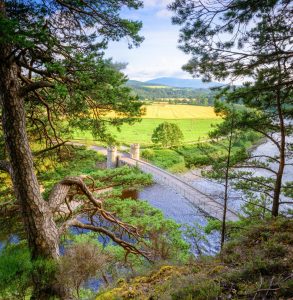
This landscape has played a huge role in Speyside whisky’s success, being perfect for growing the barley used. Home to over a third of Scotland’s distilleries, at some points it feels as though every corner has a sign pointing the way to one.
Visiting a Speyside whisky distillery isn’t just about learning how the spirit is made and tasting it (although the latter is of course a bonus), but also about gaining an understanding of the history and landscape of the area, and the people that have shaped it. But, with over 50 Speyside whisky distilleries to choose from, it’s hard to know where to start. I set out on a trail that encompassed some familiar, well-established names with a few lesser-known ones: five distilleries in total, which left me with enough time to explore the beautiful countryside and historic towns in between.

Dunphail Distillery
My first stop was Dunphail Distillery, seven miles south of the pretty town of Forres in the north of the region. Set inside beautifully renovated 160-year-old farm steadings, it only opened in 2023 but has managed to retain a tangible sense of history despite its youth. “We’re making new whisky the old-fashioned way, and taking it back to basics,” my tour guide, Mike, said. This includes floor maltings – where the barley is germinated on the floor – a process only used year-round by one other Scottish distillery. The barley is raked four times a day, using a hand tool that tour groups are urged to try (“It gets the job done quicker,” Mike joked).
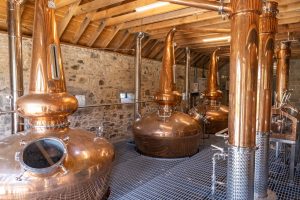
Nothing is hidden away at Dunphail: in the main distillery building, you see the shiny steel fermentation tanks, the large wooden mash tuns and the space-age-looking copper stills, while the smell of the spirit – sweet and yeasty – swirls around you. The spirit safe, in which the distillation process is monitored, and which traditionally is always kept locked, is left open so the distillers can interact with the new ‘make’ (the clear spirit that comes off the stills) through taste and touch.
Single malt whisky has to be matured for a minimum of three years – which means there’s a wait until Dunphail’s own whisky can be tried. In the meantime, visitors can, rather unusually, sample the new make which, at a heady 63.5% ABV, is at once fruity and savoury.
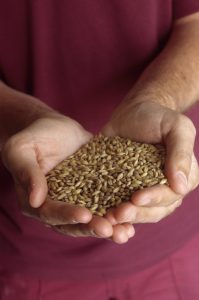
Glen Moray distillery
Twenty miles to the northeast, on the edge of the small city of Elgin, Glen Moray feels in many ways like it’s at the other end of the spectrum, having been in operation since 1897.
One of the things that makes a tour here so interesting is its approach to the spirit itself. “Our Speyside whisky is incredibly versatile, so it suits pushing boundaries,” my guide Iain told me. “We come into our own with how we play with our spirit.” This is particularly seen in their warehouse, where the casks are marked with a countless array of finishes, from Burgundy and Bordeaux to peated fino sherry and rum.

Elgin
Before heading onto my next distillery, I stop for a wander around Elgin itself, where the imposing sandstone ruin of the cathedral looms over the River Lossie. Built in the 13th century as the principal church of the bishops of Moray, it was destroyed by a fire in 1390, though it continued to be used for centuries after. Today, enough of the building still stands to gain a sense of its size and importance, and within its crumbling walls the modern world seems to drop away. Just across the road from here is Johnstons of Elgin, built as a woollen mill in 1797 and famous for its luxury cashmere and wool garments, which are still made on-site.

Benriach distillery
Speyside whisky is traditionally associated with smooth, fruity flavours, so I’m surprised to learn during my visit to Benriach, three miles south of Elgin, that all but one of this distillery’s whiskies are peated, which creates a smoky taste. “We were the first distillery in Speyside to go back to using peat,” my guide, Emma, told me.
It was here that I came to the realisation that my favourite part of any distillery tour is the warehouses, where the smell of the casks – sweet sherry, rich port – fills the air. “That’s the angel’s share,” Emma said; the term refers to the liquid that is lost (‘to the angels’) through evaporation.
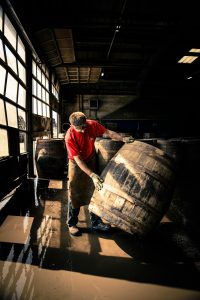
Speyside Cooperage
Most often, the casks used in whisky maturation have already had a previous life storing another spirit – sherry, port and bourbon are common. At Speyside Cooperage, 11 miles to the south, over 80,000 casks are repaired and rejuvenated each year for whisky filling, in the region and beyond. You’ll hear mention of the cooperage, which has been in operation since 1947 and can be visited on a tour, during pretty much every distillery visit in the region.
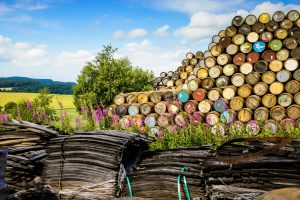
Aberlour
Heading southwest from here along the main road, the River Spey appeared as a silver glimmer between the trees. I stopped in the village of Aberlour, with its wide central street, for a visit to the Walkers Shortbread factory shop (it’s impossible to leave empty-handed once you’ve inhaled the sweet aroma inside) and a short stroll along part of the 65-mile Speyside Way. It was an easy, very pleasant walk, with towering Douglas firs lining the path, and the river – appropriately whisky-coloured – in sight most of the way.
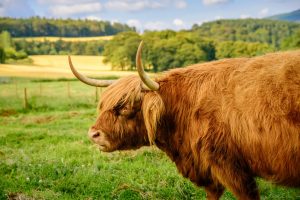
GlenAllachie Distillery
Just beyond Aberlour is GlenAllachie, sitting in the shadow of Ben Rinnes mountain. A relatively modern Speyside whisky distillery, established in 1967, it was bought by Billy Walker – something of an icon in the Scottish whisky industry – in 2017. Walker’s ownership has (purposefully) seen the distillery’s production reduce from four million litres a year to just 800,000. “Billy is focused on quality over quantity,” my tour guide Sue told me. The whiskies you can taste here today are the result of Walker’s extensive process of re-racking (when whisky is moved from one cask to another), allowing him to put his own stamp on the whisky that had been made before his takeover.
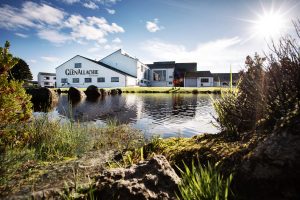
Glenlivet Distillery
On the mountain’s southern side is The Glenlivet, arguably one of the most recognisable names in Speyside whisky. While all the distilleries I visited have been modernised and updated in some way, The Glenlivet felt like it was in an entirely different league: stepping inside felt akin to entering a very glossy hotel, albeit one that shows you its inner workings. That said, don’t be fooled into thinking it’s all snazzy showmanship. The Glenlivet is deeply tied to its local community, from its beginnings in illicit whisky-making to its staff, who are largely drawn from the surrounding area.

I had wondered if I would finish my whisky trail sick of the sight of copper stills and the smell of the angel’s share, but if anything I was ready to learn more. Much of whisky’s enduring character comes from its ability to change and be changed, and I have a feeling the best is yet to come.
This is an extract, read the full feature in the May/June 2024 issue of BRITAIN, available to buy here from Friday 5 April.
Read more:

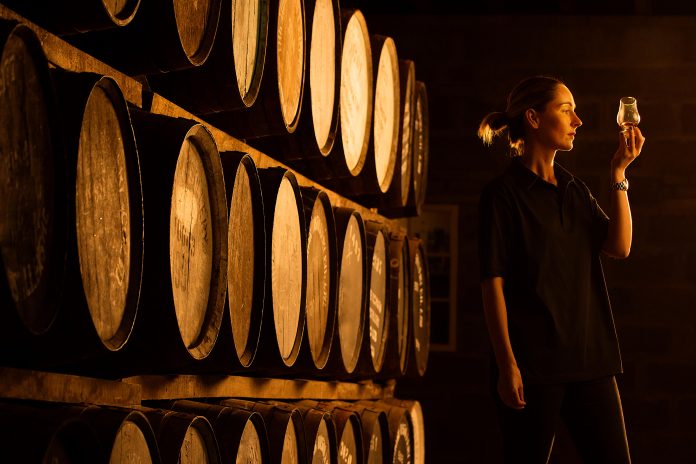




 © 2024
© 2024